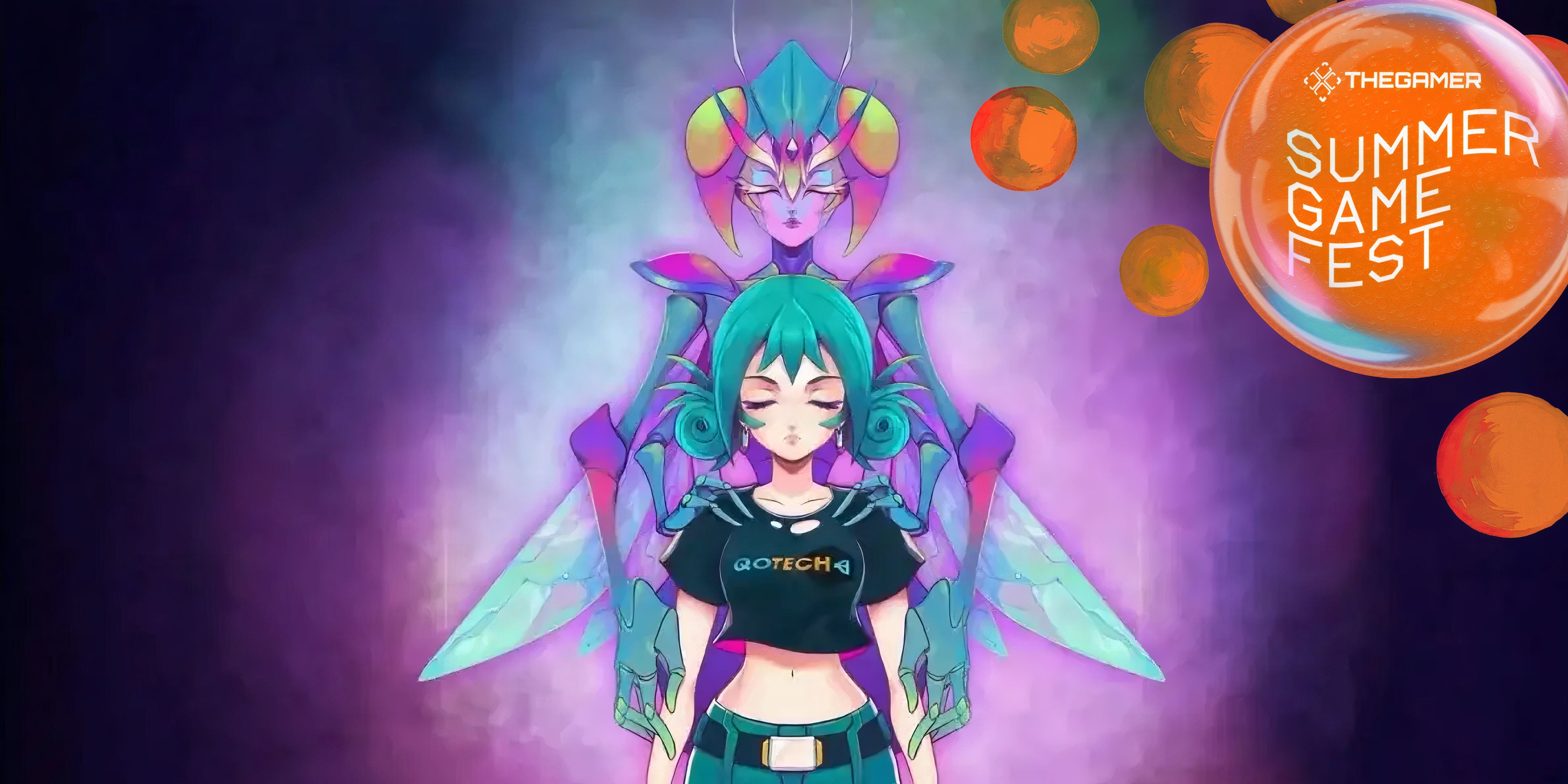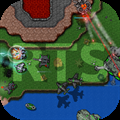One Of Summer Game Fest's Most Interesting Games Was A Sequel To A 1982 Game

When I get to the location for my preview of Yars Rising, the developer hands me an Atari 2600 cartridge for Yars' Revenge. "Do you recognise this game?" he asks me. I strain my memory but come up dry. You can never tell in these situations if the guy really needs you to say 'yes' for his pitch to work, but I plumb for honesty and admit that I have not. "That's great!" he exclaims, and tells me how Yars Rising is the sequel to this impactful but largely forgotten video game from 1982.
This connection to its past is present right from the start of Yars Rising. It kicks off with an animated comic book cutscene, which is fairly common in games. However, with Yars Rising, it's not just an aesthetic choice to convey cutscenes without needing them to be fully rendered or reduced to dialogue boxes - it's a homage to the actual comic book that came with the Yars' Revenge cartridge. These days we have collector's editions that don't even include the game.
The problem with all of this is that if you don't have the developer sitting next to you explaining it, which will obviously be how the average player experiences the game, you won’t know this. Unless the post-launch support is really hands-on. It's very neat to follow a game up 40 years after its release just because the team was inspired by it and has great reverence for it, but neat don't sell. The question is whether Yars Rising can stand on its own, but since I left the preview immediately wishing I had just a bit more time with it, it probably can.
Half of the game is 2D platforming, but it feels more exploratory and less difficult. There isn’t a sense of crushing challenge like in Celeste, nor a Metroidvania twistiness to it. It's more about dodging and killing enemies with an assortment of powers while leaping from platform to platform, in the style of the more retro 2D platformers - which makes sense given the game's inspiration. The other half is a hacking minigame in the pixelated style of the original. If you imagine the core gameplay of Space Invaders but with a fresh gimmick each time - they may shoot back, you may have to dodge your own bullets, there may be a seeking missile in play or a countdown - then you're on the right track. Then the final element of gameplay comes in the boss battles.
Things have three halves, right?
I jumped into two of the boss battles in the demo, which I believe were the second and third of the game. The third one, which I played first, was chaotic, with a giant robot firing laser beams and various projectiles at the screen, and the floor eroding halfway through to introduce arena hazards. It was these hazards that eventually got me. Clearly, the battles arrive more organically in the full game, once you have a greater grip on your powers, but trying to learn so many at once was overwhelming.
The robot was to be defeated with a drone missile that you control with one stick while controlling Yars with the other stick, and with jumping, spawns, and constant hazards, it was a lot to get used to. It's naturally a little harder to critique a game when you're bad at it. However, some of my struggles came from trying out all of my different powers at once, even the ones I wouldn’t have had through playing normally. It was really just the drone, standard cannon, and jump that I needed to use here.
The second boss (which I played second, likely only reserved for fake gamer journos who can't beat the robot) was a static affair, fighting a spider lady who just went up and down on her web, occasionally shooting her legs at you or laying eggs that spawned smaller spiders. Here, the new power to focus on was the laser beam, and the advice from the devs was to mash it when I saw an opening. That lent a great sense of speed to the fight (one that presumably grows each time, given the chaos of the robot), and one controlled more directly by you.
You can't just spam forever though, and need to recharge your ability to use powers by killing smaller enemies, which in this case was the weaker spiders. It's another way to take control of the action, but it can get you into a bit of a hole where you're on the backfoot waiting, or make you more conservative about experimenting with powers. Again though, my build added them all for me to see and organically I would have had fewer choices to try by that boss battle.
As enjoyable as all the elements of Yars Rising were, they're a little derivative by design. While it may take some direct influence from Yars' Revenge, many games have aped this era and style of game over the years, and so the basic beats - platforming with abilities, hacking minigames, hectic boss battles - have all been done before. But there is a flair in its execution, with more cartoonish graphics than pixel art, bouncier and more colorful abilities, and a retro-hacker feel that keeps it fresh. It's not so much futuristic as it is a summation of what passed as futuristic 40 years ago, and for a game like Yars Rising, that seems perfectly fitting.













